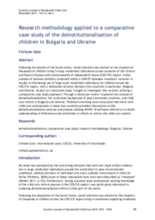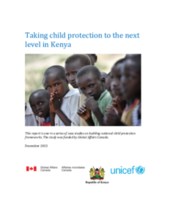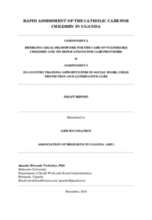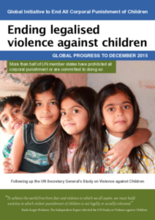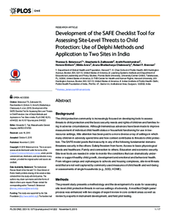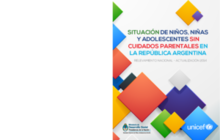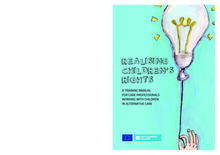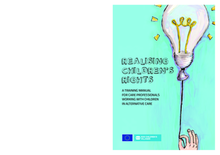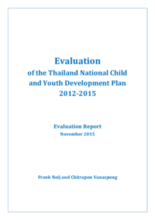Displaying 881 - 890 of 1727
This study discusses a variance in results in eliminating use of large-scale residential institutions for children across the CEE/CIS region.
The case study is part of a UNICEF global initiative, undertaken in collaboration with Global Affairs Canada to document national child protection frameworks in five core programming countries: Ghana, Indonesia, Kenya, Senegal and the United Republic of Tanzania.
This report presents findings of two components of a Rapid Assessment of Catholic Care for Children in Uganda. The objective of the assessment was to examine the emerging legal framework pertaining to child protection and its implications for Catholic sisters and brothers who work with vulnerable children and their families.
The report discusses progress made towards universal prohibition of corporal punishment of children, including by highlighting examples from individual states that have recently implemented legal and policy reforms. The report also considers prohibition and elimination of corporal punishment in the context of the new Sustainable Development Goals, and discusses initiatives by religious leaders and members of faith-based communities and organisations that are increasingly taking action towards prohibition and elimination of corporal punishment. Lastly, the report discusses the latest research relating to corporal punishment.
This study in India sought to develop the SAFE Checklist in order to assess site-level threats to child protection among children and families living in settings of adversity. The tool was field tested in two diverse sites in India (a construction site and a railway station) and the results demonstrated that the SAFE Checklist is a sensitive tool that captured the differences between the two sites from the standpoint of core child protection issues.
In this letter to the editor, the authors express their support for the continued use of “baby hatches” in China.
Este nuevo relevamiento muestra y analiza datos actualizados relativos a la cantidad de niñas, niños y adolescentes (NNyA) sin cuidados parentales en la República Argentina, los lugares de cuidado donde están alojados, las condiciones en las que viven, el organismo que decidió que fueran separados o separadas de su mamá, papá o familia ampliada, los motivos de esta separación, los tiempos de permanencia en las instituciones, los motivos de ingreso y egreso.
The two-day course outlined in these pages is designed to familiarise groups of care professionals with the international standards and principles surrounding children’s rights – and above all, to relate this to the daily experience and challenges arising in the field of alternative care.
The two-day course outlined in these pages is designed to familiarise groups of care professionals with the international standards and principles surrounding children’s rights – and above all, to relate this to the daily experience and challenges arising in the field of alternative care.
The present evaluation examines the National Child and Youth Development Plan, which provides a framework for the development of children and youth in Thailand. The evaluation aimed to review the design and implementation of the NCYDP and to generate lessons in order to improve the operation of the current plan and to inform the development of a follow-up plan for the period beyond 2016.

